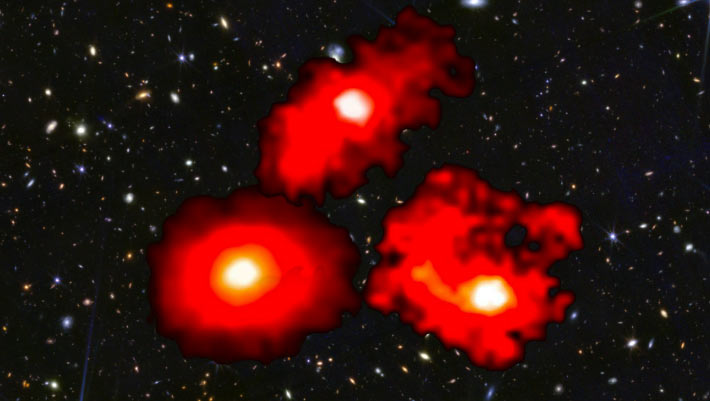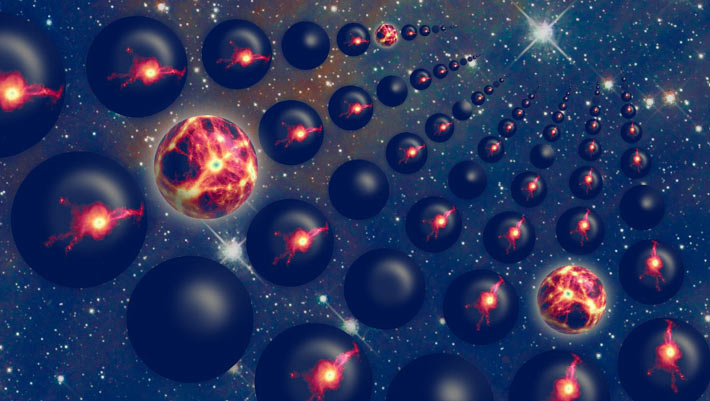Earth’s New Mini-Moon is Sign of Tremendous Potential for Space Mining, Scientists Say

Top Stories Tamfitronics
2024 PT5, a new mini-moon of our planet, arrived in Earth’s orbit on September 29, 2024.

2024 PT5 will experience a temporarily captured flyby in 2024, from September 29 until November 25. Image credit: University of Colorado.
2024 PT5 was discovered on August 7, 2024 by the Asteroid Terrestrial-impact Last Alert System in Sutherland, South Africa.
This near-Earth asteroid is around 10 m (33 feet) across and follows a path that resembles that of 2022 NX1.
2024 PT5 became a mini-moon of Earth on September 29 and will return to a heliocentric path 56.6 days later, on November 25.
“Such near-Earth objects offer a glimpse into the processes that formed our Solar System,” said Dr. Nico Cappelluti, an astrophysicist at the University of Miami.
“Most of the asteroids in our Solar System are rocky remnants left over from the formation of the Solar System.”
2024 PT5 is part of Arjuna, an asteroid belt consisting of space rocks that follow orbits around the Sun very similar to that of Earth.
“And for that reason, sometimes they remain briefly trapped in our gravitational field,” Dr. Cappelluti said.
“Having them so close is a captivating opportunity.”
“While the school bus-sized asteroid is too dim and too small to be seen with the naked eye or with amateur telescopes, its two-month sojourn around Earth is helping to maintain our keen interest in space rocks.”
Two years ago, in what was called the first test of a planetary defense system, NASA even crashed a spacecraft into a giant space rock, Dimorphos, proving that it is possible to redirect an asteroid should one ever be on a collision course with Earth.
Private companies also want to send spacecraft to asteroids, hoping to mine the celestial objects for the precious metals they contain.
“Asteroids are classified based on their orbit and also based on their content,” said Dr. Bertrand Dano, also from the University of Miami.
“Some are just made of stone, while others have high concentrations of rare metals — platinum and gold for electronics, nickel and cobalt for catalyst and fuel-cell technology, and, of course, iron.”
“Asteroid mining is not a far-flung idea. There are currently millions of asteroids in our Solar System, and about 2 million of them are larger than 1 km.”
“The resources contained inside them is the new dream of El Dorado, and there is currently a handful of companies banking on it.”
“Recent missions to rendezvous with and to orbit and land on asteroids have demonstrated that space mining could be just a matter of time.”
“But pursuing asteroid mining will require a massive investment — from the mining equipment, which would need to run in a vacuum, to the technology needed to transport extracted minerals to Earth.”
“And then, there is the spacecraft itself. A ship dedicated to traveling to an asteroid for the purpose of extracting minerals from it would likely be a robotic craft.”
“A trip to Mars takes approximately eight months in the best conditions. The space and equipment required to sustain life is better used for spare equipment and resource storage.”
“Leaving Earth’s gravity requires a lot of energy, so mining missions would be better launched from space or from low gravity bodies such as the moon, Mars, or Titan, one of Saturn’s natural satellites.”
“Returning to Earth is relatively easy, but it is hazardous for the materials. It would be unfortunate to see the whole prize go up in smoke. Refining could be done in space and periodically ship the refined product. To my knowledge, nobody is thinking that far.”
“Still, asteroid mining has the potential payback of a hundredfold or more.”
“Mining and returning platinum or gold from asteroids could make a person a trillionaire overnight, with the potential to flip our entire economy, trade, and market.”
“As astrophysicist Neil deGrasse Tyson once said, ‘The first trillionaire there will ever be is the person who exploits the natural resources on asteroids’.”



 Hot Deals
Hot Deals Shopfinish
Shopfinish Shop
Shop Appliances
Appliances Babies & Kids
Babies & Kids Best Selling
Best Selling Books
Books Consumer Electronics
Consumer Electronics Furniture
Furniture Home & Kitchen
Home & Kitchen Jewelry
Jewelry Luxury & Beauty
Luxury & Beauty Shoes
Shoes Training & Certifications
Training & Certifications Wears & Clothings
Wears & Clothings
















